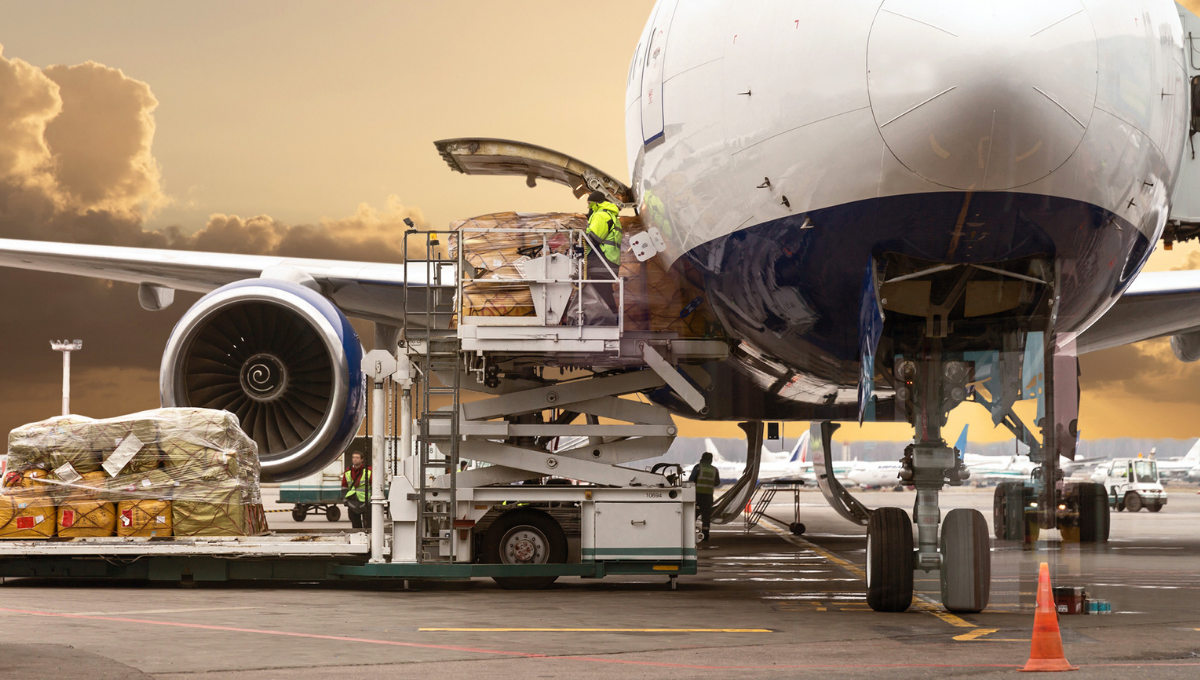
Last time on this blog, we discussed the Federal Aviation Administration’s (FAA) “Pack Safe” program, intended to educate civilian passengers about taking household hazardous materials on board an airplane. We wanted to write on this initiative because it is a valuable resource from the FAA. The agency also has other programs that help not just civilians, but hazmat employees understand the regulations regarding shipping hazmat by air.
Chief among them is the FAA SafeCargo Initiative, which provides information resources for people involved in the shipping of hazardous materials by air. The FAA recently updated and revamped the website, so it is more timely and helpful than ever before. Here is some more information about SafeCargo and what it can do for you.
What Does SafeCargo Provide?
“Know before you ship.” This is the motto for SafeCargo, and the pages (and their subpages) on the program’s website provide the resources that any hazmat shipper needs to live by that creed. There is even a tab titled “Resources for Shippers and Startups, which provide various links to relevant online guidebooks, videos, carrier websites, and mobile apps. You can also find the email addresses and phone numbers for the FAA Hazardous Materials Safety Program and the Department of Transportation’s (DOT) Hazardous Materials Information Center.
While that part of the SafeCargo website points shippers to other useful resources, the FAA does give their own information on the other pages. “How to Ship Dangerous Goods” is particularly packed, with three subpages storing the details that the section’s already lengthy homepage could not contain. They all go over the entirety of the hazmat shipping process and illuminate the role that employees must perform.
What is New with SafeCargo?
The 60th edition of the International Air Transport Association’s (IATA) Dangerous Goods Regulations (DGR) is in effect as of January of 2019. The FAA has also updated Title 49 Code of Federal Regulations (CFR) to make sure that anyone visiting their website would have the right information. Recently, they made the relevant changes to harmonize with these regulations for the relevant areas of 49 CFR related to air transport applicable to classification, identification, packing, marking, labeling, documentation and more.
Undergo Shipping by Air Training Today
The FAA makes programs like SafeCargo and Pack Safe available for hazmat shippers to assist them with their job functions. However, federal and international regulations stipulate that no one may legally ship or handle hazardous materials unless they receive and successfully complete training. These pages, informative as they may be, are no substitute.
Hazmat University provides up-to-date programs of its own, intended to fulfill the legal requirements and give new and experienced employees the knowledge they need. Our shipping by air training program is entirely online, so you can take your time with the course and access it from anywhere. Learn more about our IATA certification training today.
Subscribe to Our Newsletter Now!
New hazmat employees must receive initial training in hazmat regulations. More experienced hazmat employees must also receive recurrent training to keep their knowledge fresh and update information regarding regulatory changes. To mark the arrival of 2019, Hazmat University is offering a 15% discount on all our training programs. Sign up for our Newsletter and start the new year right.